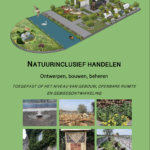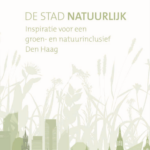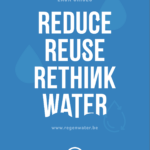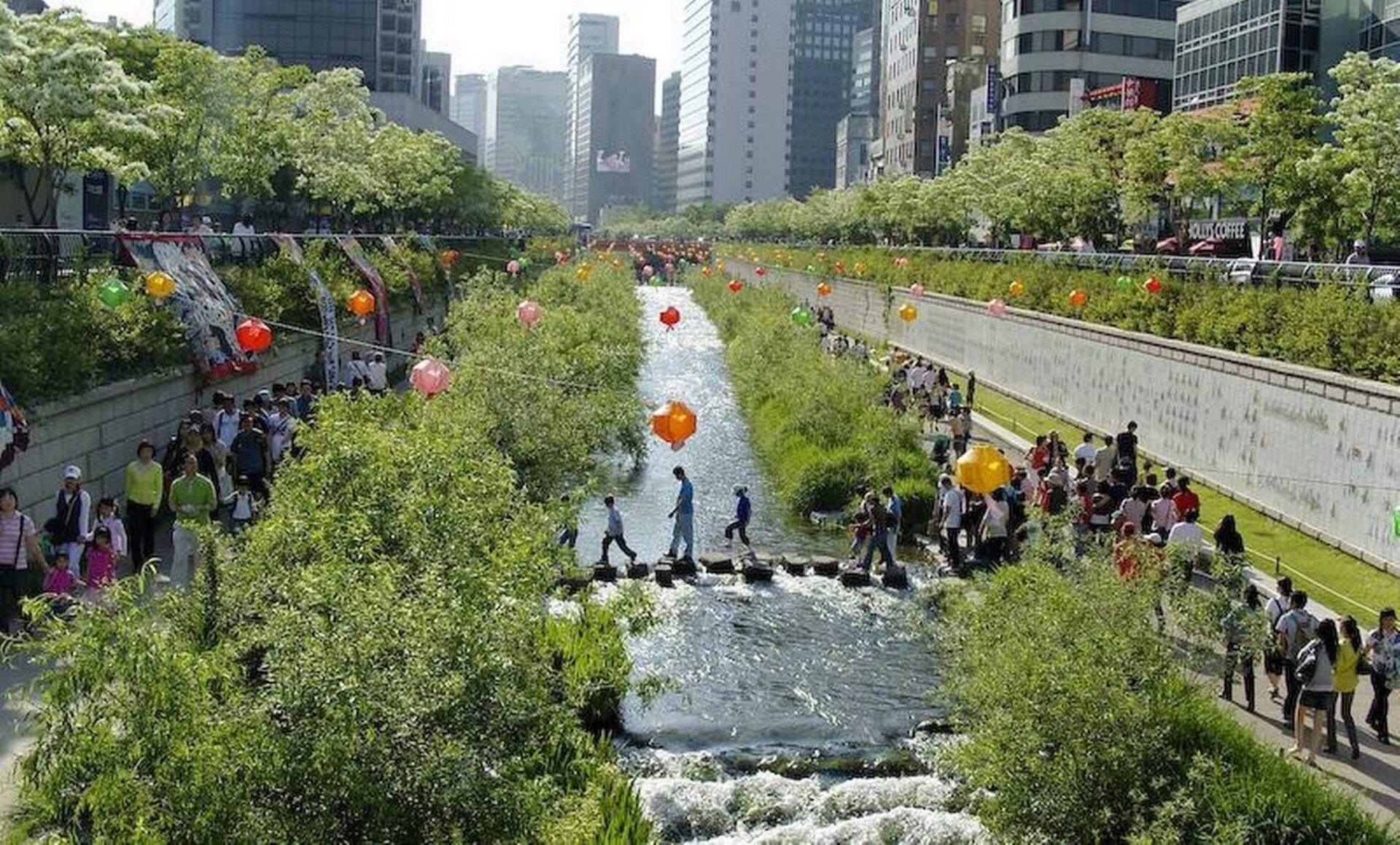
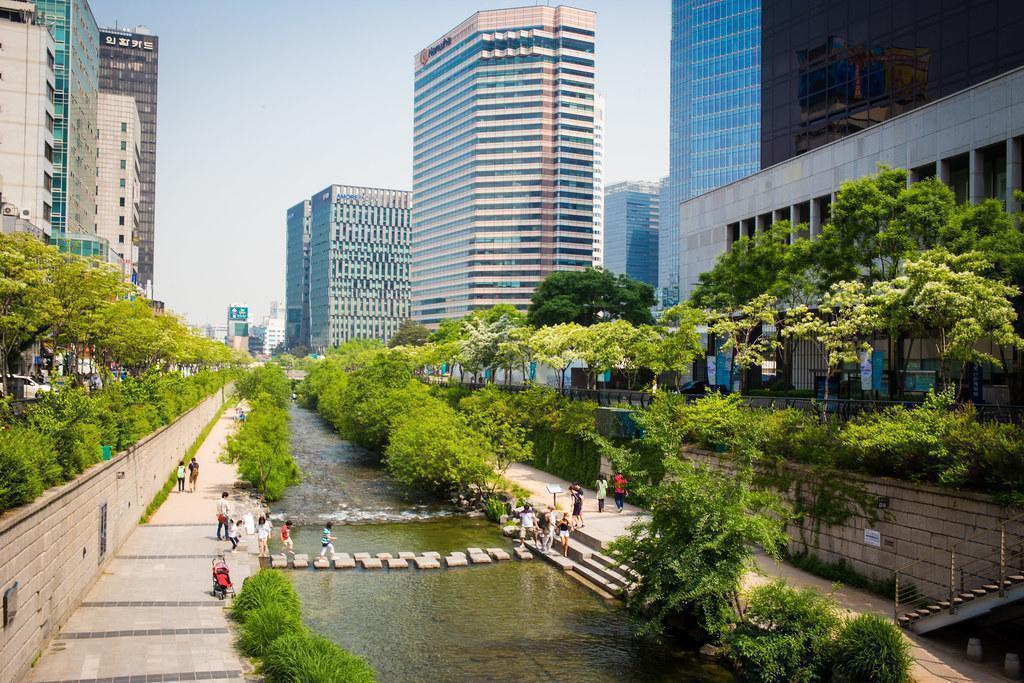
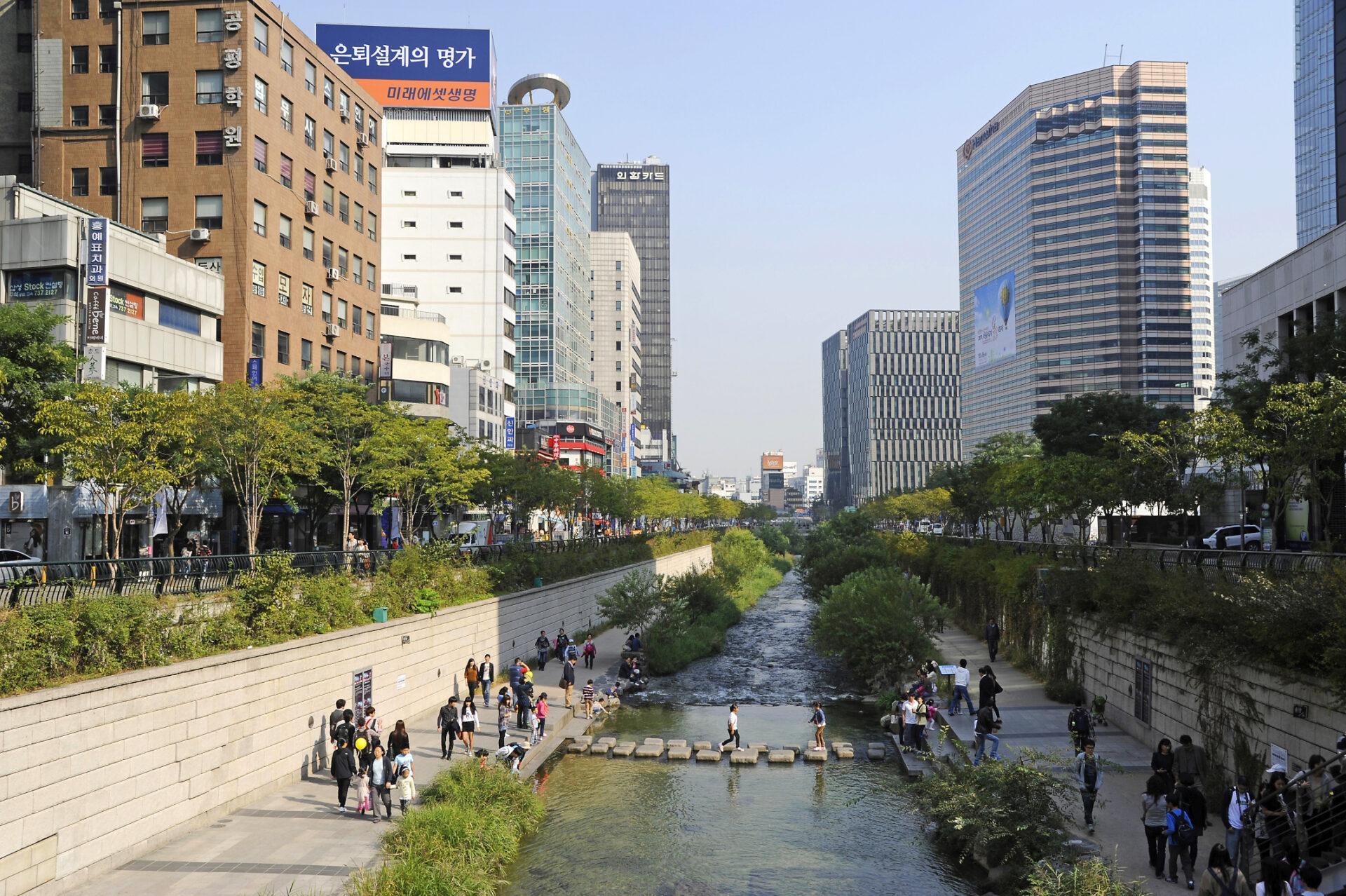

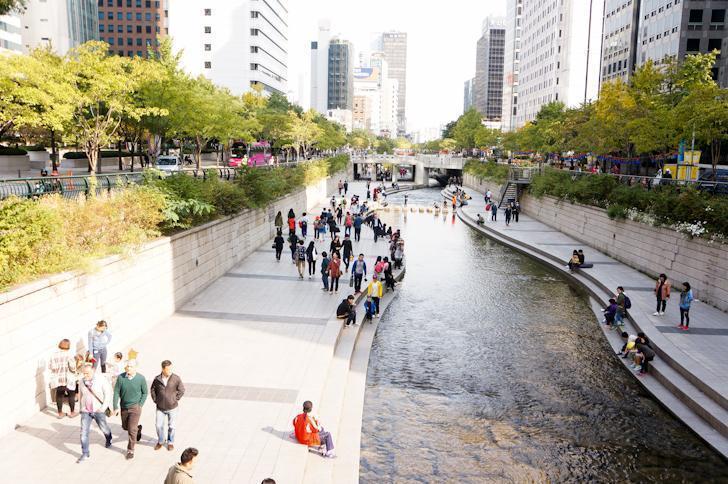
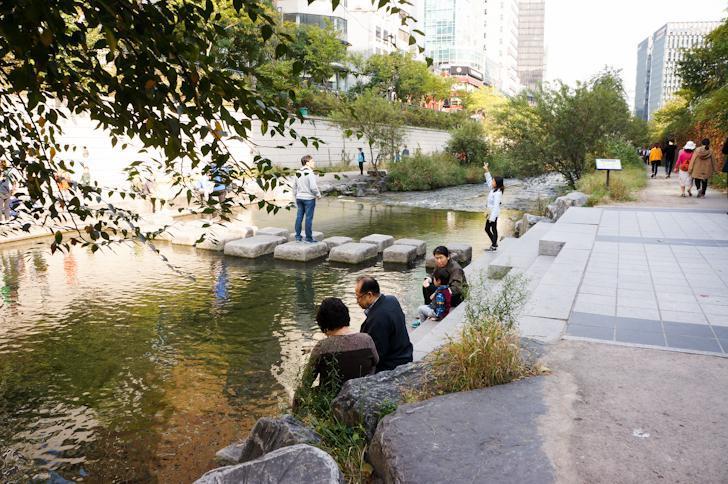
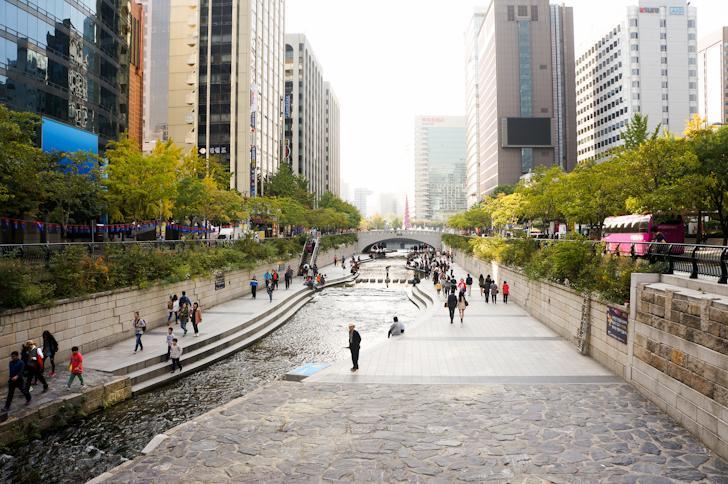

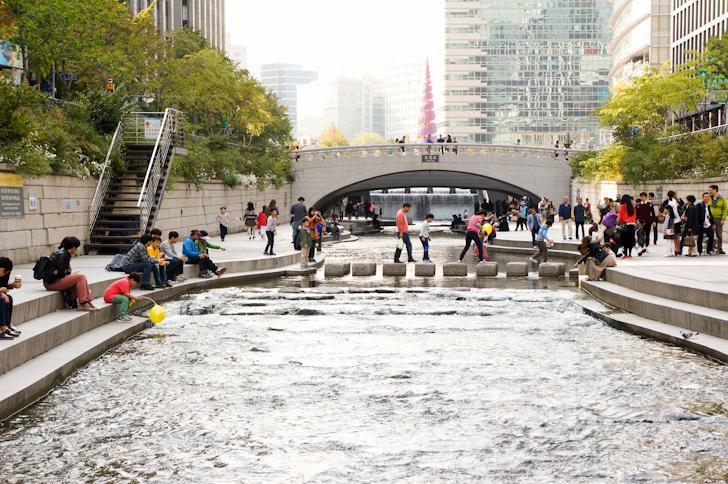




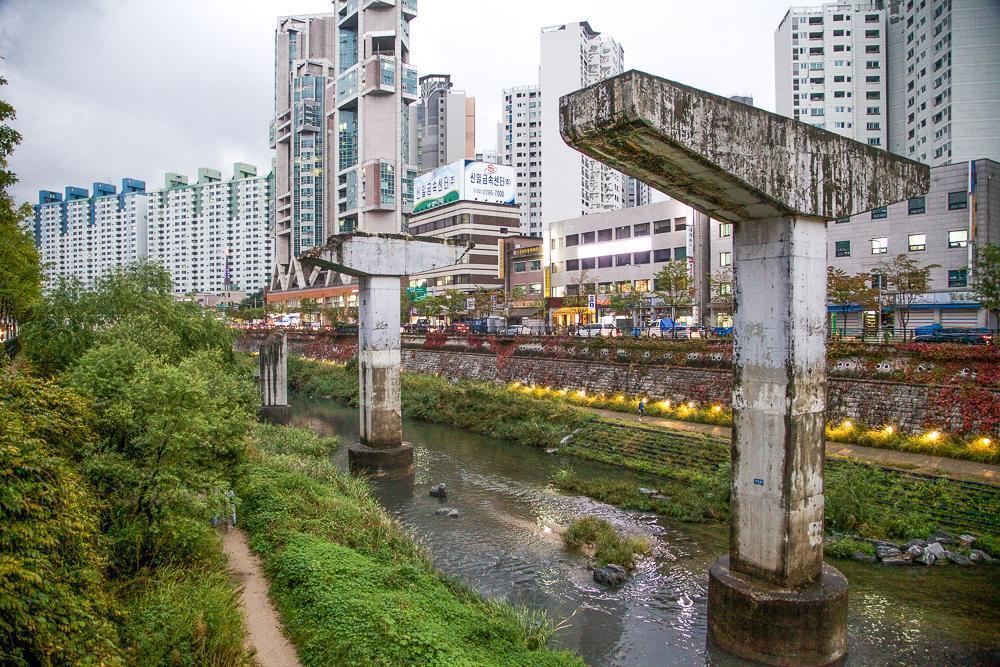
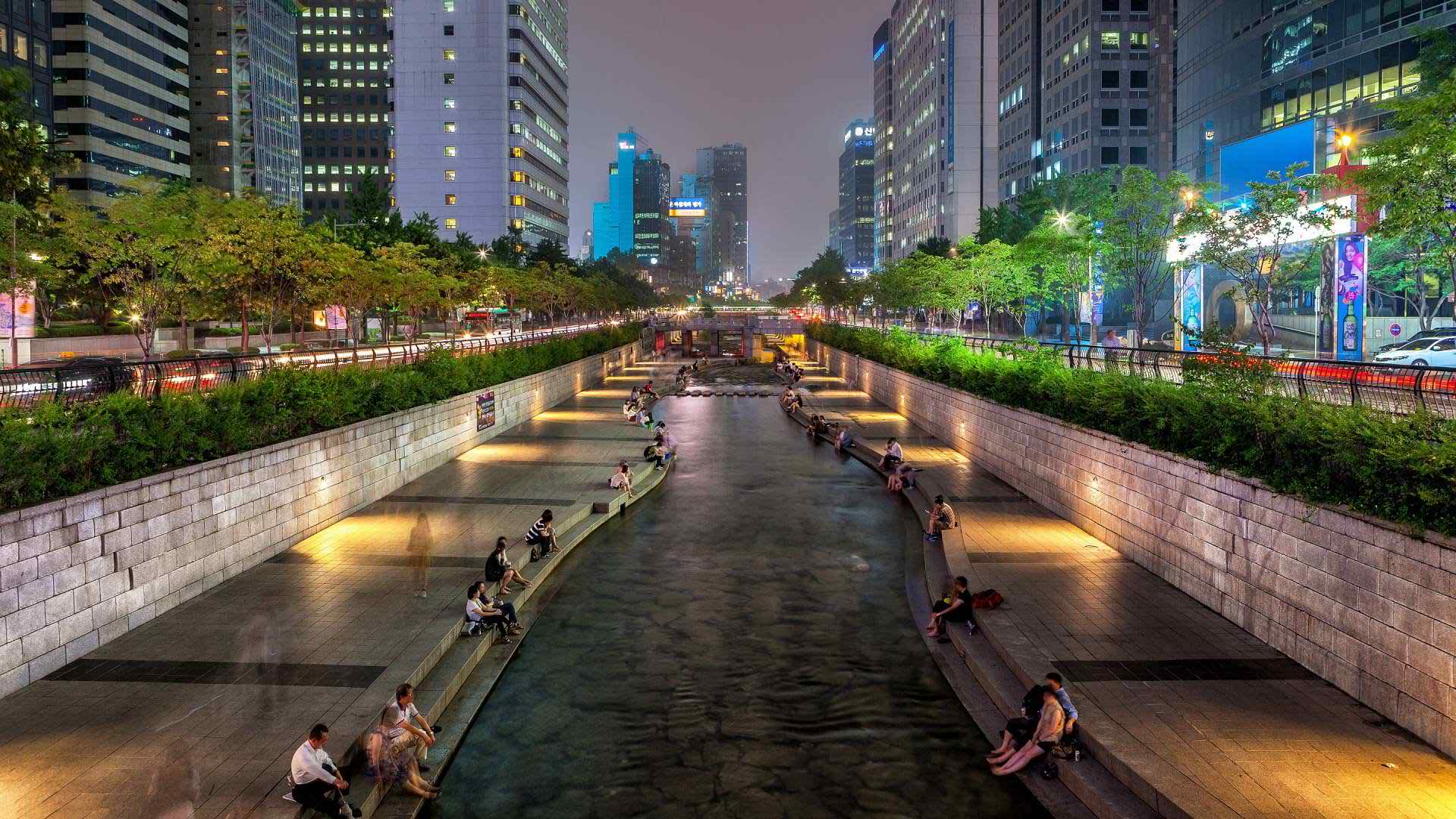

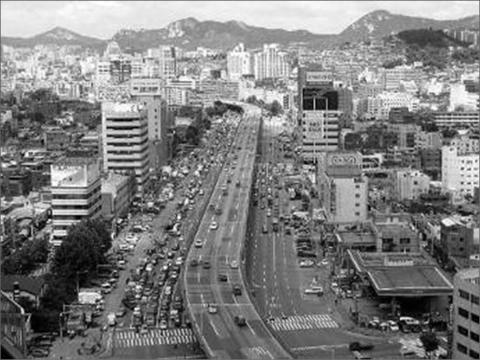
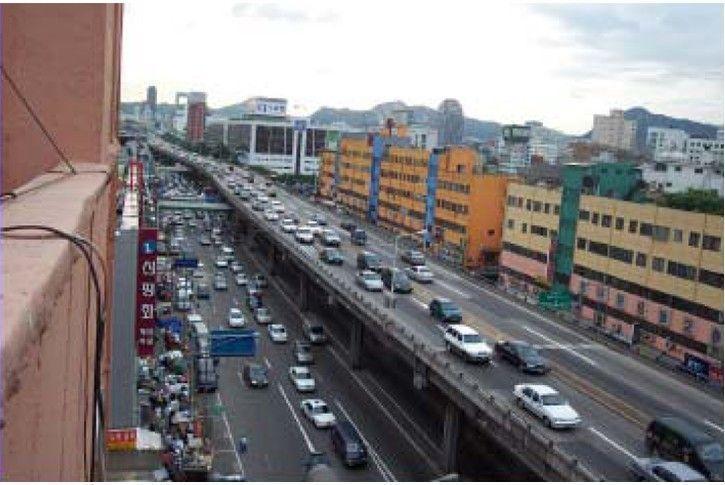
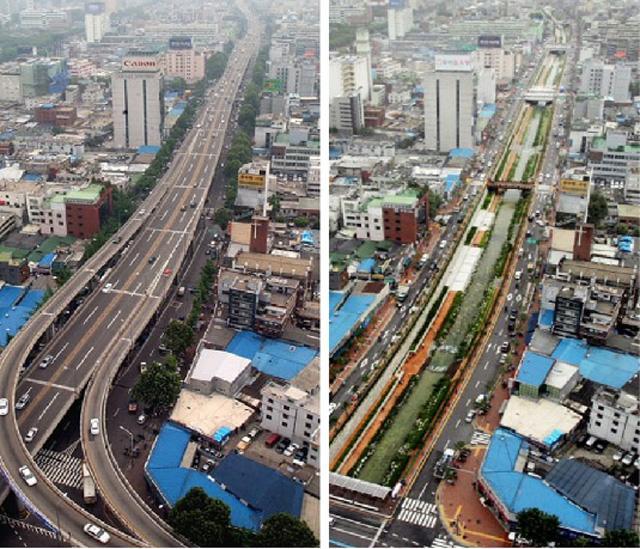
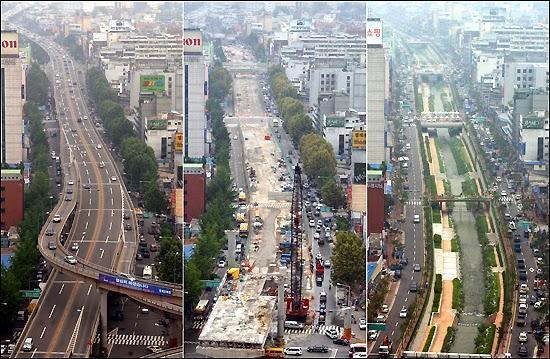



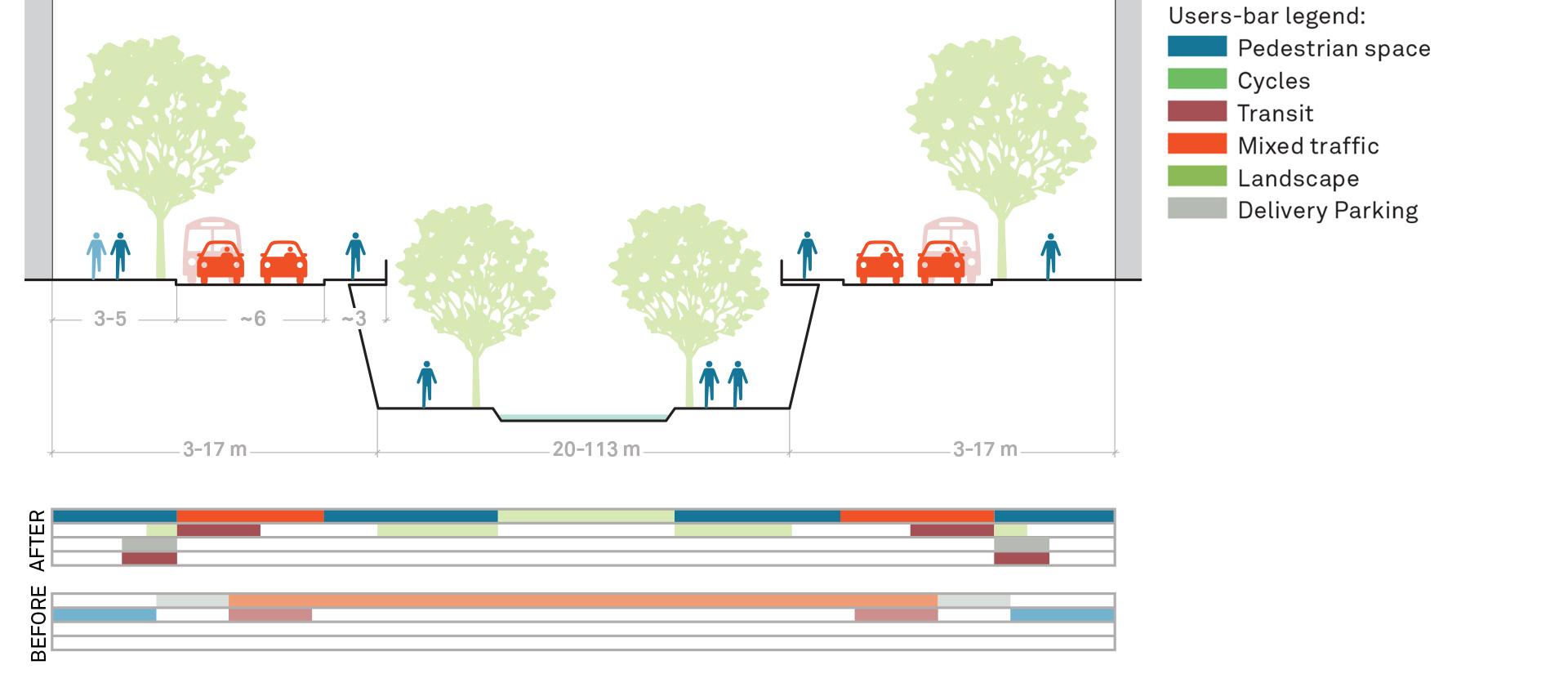

CHEONGGYECHEON RIVER RESTORATION
SEOUL, KOREA
SeoAhn Total Landscape
2005
The Cheonggyecheon river restoration project represents the dramatic transformation of a gigantic infrastructure in the capital Seoul of Korea. This project created a new appearance for the city, supported ecological development and contributed to a better scenario for urban mobility and quality of urban life. The Seoul Metropolitan Government has brought the back Cheonggyecheon river into the daily life of Seoul citizens after nearly 44 years of abandonment under the highway. Today, the number of vehicles in Seoul is markedly reduced, making room for nature and urban facilities serving 90000 pedestrians.
Cheonggyecheon was originally a river that usually experienced flooding in the past. Because of daily river activities, lack of awareness about the environment and deforestation, it becomes polluted. In 1971, it was decided to construct a new highway above the river which was envisioned to serve the growing amount of vehicles in the city. Although, the new highway became a quick solution to some urban challenges. After a period of time, the highway encountered problems such as high maintenance costs, creating dense traffic congestion, increasing the heat island effect and air pollution and causing poor urban development nearby.
At the beginning of the 21st century, there was a strong ambition and desire of the government, to make Seoul an environmentally friendly and attractive city. The government proposed to bring back the river to the city to replace the solid surface for vehicles with an ecological space for nature and pedestrians. The Cheonggyecheon river restoration project started in July 2003 and was completed in October 2005.
The concept for this restoration project was to transform the Cheonggyecheon canal into an ecological park. The design consists of 3 different zones on the curvy shape of the canal and each zone has a specific feature. The first one represents a historical reservation where two ancient bridges, the Gwanggyo and the Supyogyo, were maintained. Next is the place where traditional activities and cultural values are promoted. The last area, enriched with dense greenery serves as a green city park in the middle of the city. The project formed a new relationship between people and nature and improved the local biodiversity of the river with better habitat for fish, birds, insects and vegetation.
Today, the Cheonggyecheon park is an ecological green belt of the city of Seoul, producing desirable outcomes in which improvement for mobility, environment and ecology are noticeable. It resulted in a reduced amount of fossil fuels and air and noise pollution in the city. The park area is cooler by 3-4 degrees than neighbouring urban zones. The new green also improved natural ventilation by increasing average wind speed.

